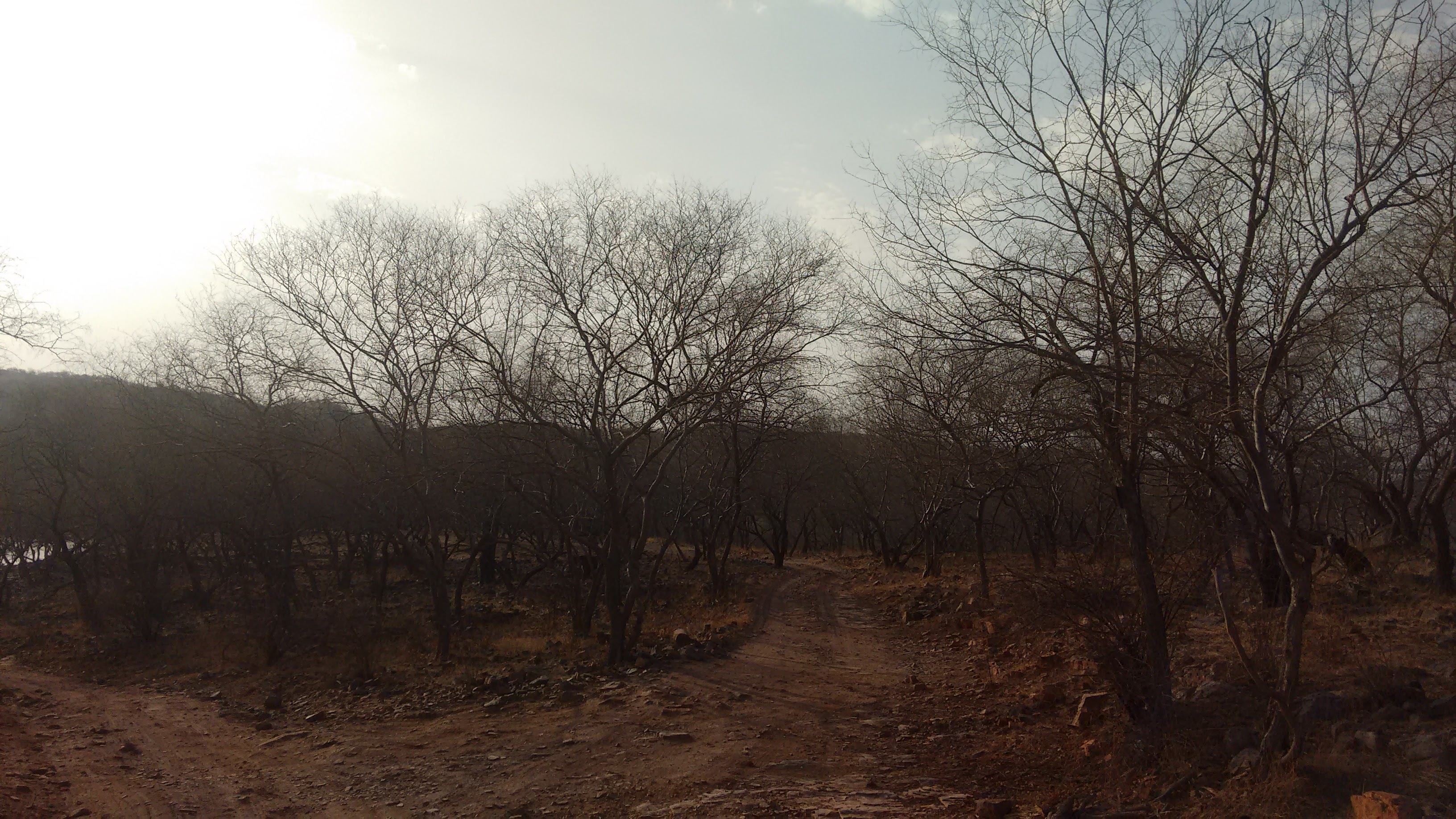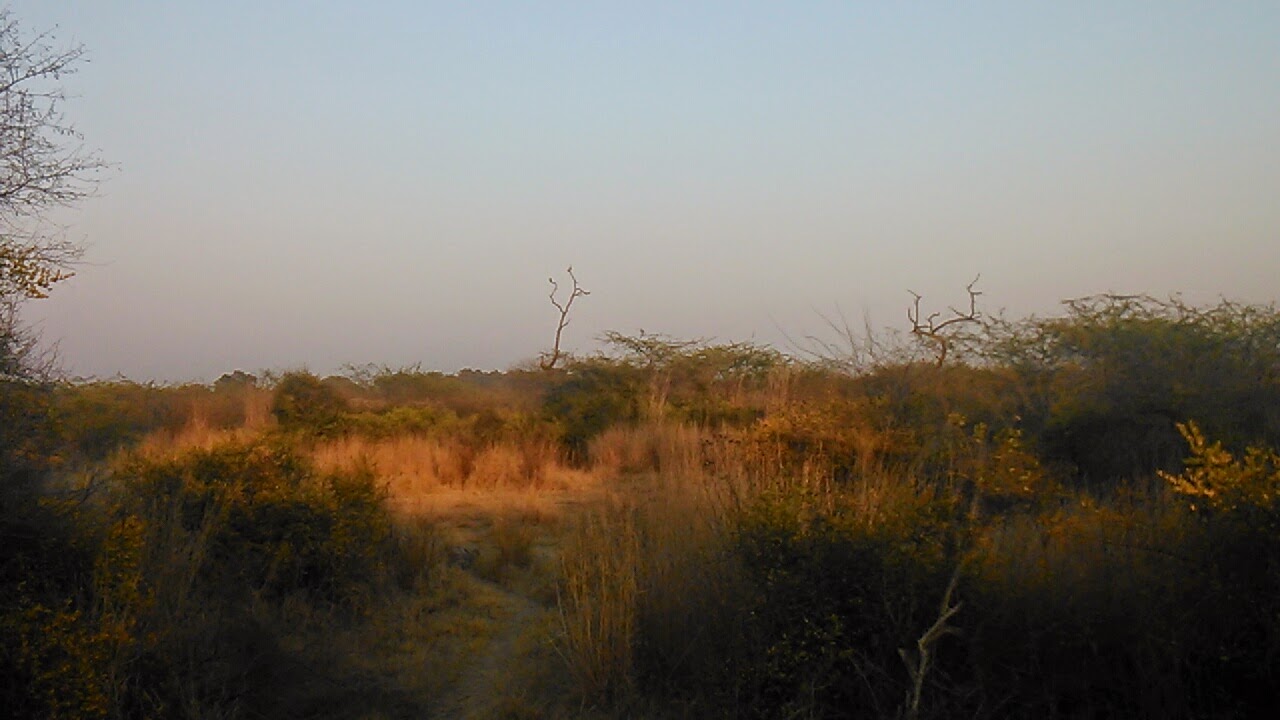A visit to any National Park can be a tiring experience. More so Ranthambore, where the heat can be stifling and the cold bone-chilling.
Safaris involve waking up early to get to the Park at the crack of dawn for the morning tour, a long ride to the Park from your hotel followed by long hours of sitting quietly in the canter/jeep in the heat/cold and skills to watch, focus and observe. Moreover, it may result in few sightings (depending on various factors) that interest or excite your child. After a few hours of rest in the afternoon, the evening safari is a repeat of the same routine.
The best time to visit Ranthambore is April to June. For children in school, this narrows down to the month of May. That is the hottest month of the year, with temperatures soaring to about 45 degrees centigrade. That kind of heat is overwhelming and requires more than a bit of hardiness to bear.

But this is the best time for tiger sightings. Ask yourself if your child is prepared for these conditions.
Winters in Ranthambore are also extreme. It is bitterly cold. The morning safari begins at 6 am and you and your child will need to be fully covered in woollens, mufflers, monkey caps and gloves. Moreover, the sightings in Winter are likely to be poor.
Before you pack your bags to visit Ranthambore then, do ask yourself if your child is ready to take this kind of schedule and weather. Moreover, does your child have the patience to sit quietly and watch and observe? Have you taken your child out on smaller nature outings before to hone these skills? (For more on How you can Prepare your Child for a Trip to the National Park, click here)
My children had just turned 6 when we visited the Park. We did 5 safaris, back-to-back in 3 days in the month of May. We saw five tigers, lots of chital, sambar deer, several mongooses, foxes, nilgai, plenty of peacocks and a variety of birds. It was exhausting. It was exhilarating.

How did my children take it? Honestly, they took it very well. But I think that was because they had been out on birding and nature trips with me dozens of time before that. They had the patience to sit and watch. They had the ability to sit quietly for 3-4 hours. They had been trained to look out for signs and calls in the jungle (For more on Signs and Messages to Look out for in a Jungle, click here). They were familiar with focusing through a pair of binoculars.

It takes some training to get a child prepared to visit a National Park. Some maturity to understand that one may not be able to see what one desires. It also takes some practice and loads of sensitivity to follow the etiquette required to be followed at National Parks (For more on Dos and Don’ts at National Parks, click here).
While you must take a call depending on your situation, I would not recommend taking a child less than 5 years of age to a National Park. Use the early years to hone their skills of observation and whet their appetite for the Wild.